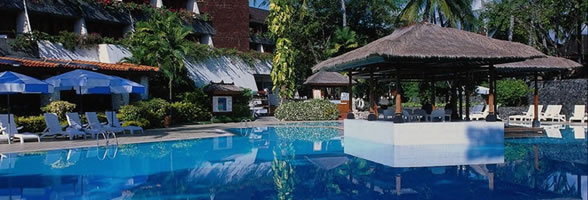
relax,rejuvenate and enjoy your Trip to Kenya
Maasai warrior introductory training course,Kenya
- COUNTRY:
- Kenya
- LOCATION:
- Il Ngwesi, North Kenya
- DEPARTURES:
- PRICE:
- From US $1,650 (EU €1,194) - US $1,914 (EU €1,385) (4 days)
- MORE INFO:
- Prices include accommodation, all meals and drinks, all activities in the program and conservation fees. They exclude international flights and transport to/from the camp, tips, travel insurance. Minimum age: 18 years.
Maasai warrior introductory training course, Kenya
You will have an introduction to our culture, how our society is organised and we’ll teach you some of the basics of our language. We’ll spend most of the time in our outdoor classrooms – perhaps in a sandy riverbed or a shaded clearing. Part of the course is a short upwards hike to give you a wide-angle view of the wilderness around us.
Everything is designed to teach you some of the secrets of what we do, and it’s also great fun. We’ll take it all at your pace. And we’ll make sure that we spend time doing the activities you enjoyed the most as many times as you want.
This trip involves minimal amounts of walking (less than 4 hrs/day) with frequent breaks.
Day-by-day itinerary
| Day 1: | Arrival at our camp, usually around lunchtime. After a first introduction to Maasai culture, join the Warriors for walk on the nearby hill to familiarize yourself with the area. Come back to a hot shower, a sundowner on the river bank and a delicious dinner. Relax and chat with the Warriors and enjoy a good drink around the fire. |
| Day 2: | Spend the morning learning how to use traditional Maasai weapons: you’ll practise bow and arrow, spear, throwing sticks, shielding. Our trainers (the Warriors) will teach you their secrets to quickly master the basics of each weapon. In the afternoon, after a healthy lunch at the camp, you’ll learn and practise stone throwing, and Maasai wrestling techniques. Like the previous day, you will be back at the camp at sunset, to enjoy some relaxing time and perhaps see the elephants coming to drink at the river. |
| Day 3: | The day will be dedicated to learning how to track animals, a key skill for a warrior that has to look after a large herd of animals. You’ll learn not only how to recognize prints but also how to tell the behaviour of the animal- is it wounded? Grazing? Stalking? Running? You will also get a chance to practise what you have learnt! In the afternoon, if conditions allow, we’ll teach you how to approach wild animals in safety. Like the previous day, you will be back at the camp at sunset, to enjoy some relaxing time and perhaps see the elephants coming to drink at the river. |
| Day 4: | The morning will be dedicated to practising again your favourite activity, before your departure around lunchtime. |
How this holiday makes a difference
Community
We help the culture to stay alive by giving educated warriors jobs that require them to practice their traditional skills. Now local youngsters have role models of highly respected warriors who have gone through school and are still proud to practice their traditional lifestyle. We provide employment: we employ almost exclusively local staff, both on a permanent and on a casual basis. We increase trade: we purchase many products and services locally. We foster local entrepreneurship: instead of having our own shop at camp, when guests want to buy souvenirs we invite the local ladies to bring the jewellery they make and sell it directly to our clients. We help local schools by running a volunteer teacher scheme for them.
Environment
We do not have running water or electricity at the camp: we fetch water with buckets from the river, and minimize its usage. We use solar powered lights all around the camp. We do not make use of vehicles in any of our activities- we only keep them for emergencies and logistics. We separate organic rubbish and compost it. No tree or shrub has been cut to accommodate our camp. We work with the community to stop soil erosion: before the rains, we organize teams of our staff and other local warriors to dig channels and put barriers to limit the amount of soil dragged away by the rains.
We are with our guests at all times, both for their own safety and for wildlife’s sake. We ensure that everyone respects the animals we encounter: Warriors will lead people out of the animals’ range, they will ensure that noises are minimized and that they are not disturbed in any other way, so that guests can enjoy their view safely. We teach guests specific techniques to approach wild animals in safety and without disturbing them: how to walk, how to avoid making noises, how to avoid being smelt or seen, what distance is safe and comfortable for both guests and wildlife.










